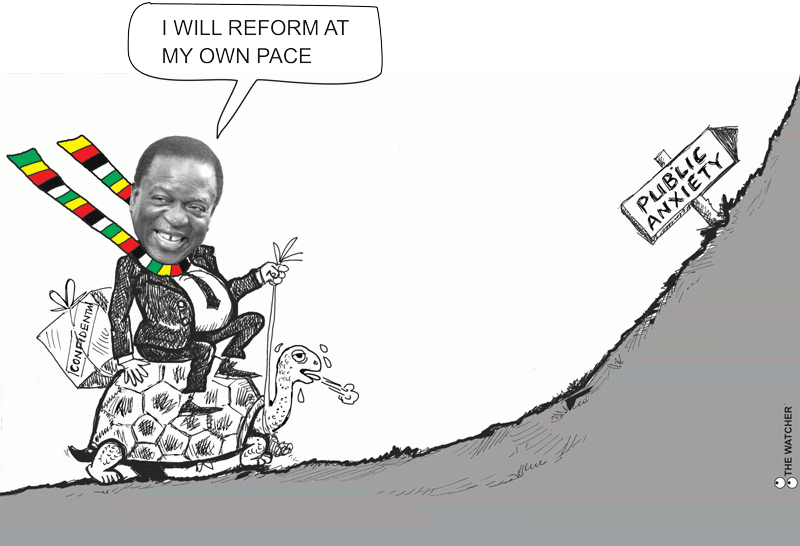
One of the things that is almost common to most people across the globe and more so in Africa, is having experienced lack at some point in their lives, including today. With no doubt, millions of people cannot afford a single meal, many are stranded because they are sick, and they are not able to access medical care, and there is even a larger number of people who are illiterate because they could not afford education.
What is sickening though, is the fact that while some are literally dying or missing out on many economic and civic opportunities, others have too much that they don’t even know what to do with it. In fact, knowing that humans share some traits with animals, I checked on most greedy animals and I noted that the majority of them gather more than what they need. Don’t you know people who don’t know what “enough” feels like? Those are the ones that fuel all shades of inequality that we experience ourselves or we see and hear about. In this blog, I am exploring how high public debt fuels inequality and deepens poverty.
State of Africa’s public debt
Debt was an increasing problem in many African countries prior to Covid-19, and the pandemic only worsened the problem. As of August 2022, eight countries are in debt distress while 29 countries are at high risk giving a total of 37 struggling countries, up from 34 in 2020.
This number translates to over 60% of countries in the region. Contrary to recommendations by the African Borrowing Charter that states that the total stock of public debt will be at maximum of 70% of GDP in any one given year, there are more than 16 countries with a higher GDP than recommended, and figures must have increased since last publication.
In addition to this, lack of debt transparency is another worrisome trend because it means the situation may be worse than what it looks like on available data. It has become almost impossible to keep track of public debt in most low-income countries. \
And that's due to the problems of incomplete data reported in official statistics, as well as limitations posed by the confidentiality clauses that are often signed as part of some loan agreements.
Lack of fiscal transparency undermines legislators, the private sector, civil society organisations and people at large as they also need to assess their economic prospects and hold governments accountable for their governance choices.
- Experts downbeat as Ncube cuts GDP forecasts
- New perspectives: De-link politics from Zim’s education policies
- Experts downbeat as Ncube cuts GDP forecasts
- New perspectives: De-link politics from Zim’s education policies
Keep Reading
Public debt and inequality
You may have heard people talk about how the cost of living keeps on increasing over the years. Indeed, if you are someone who likes working with budgets and you keep track of your expenses, you have most likely noticed that the amount that was sufficient for a certain budget line five or more years ago, Is no longer enough.
Many have to dig deeper in their pockets or bags, but as you may know the latter don’t proportionately grow with basic demands of life. There are many families that moved from three meals to two, one and other get none for days. There are cases of ongoing famine in various parts of Africa.
Most African countries spend more on debt payments and very little on social services such as education and health combined. High debt payments, and cuts in government spending, make it more difficult to provide decent quality public services such as healthcare and education and this creates inequality in our society.
Rising debt levels have corresponded with rising debt service cost, but countries have not necessarily improved their ability to finance such obligations.
Actually, too much debt means that governments are borrowing into their future economic life and that coming generations will spend most of their time servicing the debt and neither enjoying life nor exercising their other human rights.
A common phenomenon in Africa is that many governments are having to use an increasing share of their budget to service growing debts rather than investing in their populations.
Debt servicing has reached shocking levels in many African countries.
An increase in the cost of living is anticipated to continue weakening real incomes and domestic demand across the many African countries.
The accompanying increase in poverty is especially concerning in countries where many people are already at high risk of falling into food insecurity (Democratic Republic of Congo, Kenya, Ethiopia, Liberia, Madagascar, Nigeria, Sierra Leone, Zimbabwe, among others). The bill of public debt is services by the have not.
Who gets affected by these effects of unsustainable public debt? Of course, those with very little income or none at all, people living with physical or mental challenges, the elderly and often girls and women as well. That’s why responsible governments must prioritise the welfare of people and therefore protect, provide and invest in and for their citizens.
Cure is available
Many recommendations have been given over time and at times one wonders if anyone hears when issues of responsible borrowing and spending of public funds are mentioned.
Even most countries that benefited from the Heavily Indebted Poor Countries (HIPC) Initiative in 1996, a programme that was designed to ensure that the poorest countries in the world are not overwhelmed by unmanageable or unsustainable debt burdens have slid back in either high debt or debt crisis.
Therefore, there are many loose ends that must be tied, and I will mention just few of them:
It takes two to tango as the common saying goes. The issue of unsustainable debt concerns both borrowers and lenders thus there must be full participation by creditors as well. Indeed, long-term debt sustainability requires efforts by borrowers and lenders to promote prudent borrowing, sustained economic growth, diversified exports, and greater access to markets in developed countries.
There must be improved budget transparency and effective debt management systems.
The distributive aspect of fiscal policy must be enhanced to ensure that the rich or high-income households and firms are taxed more than the poor and resources channelled to social protection and social safety nets.
The African Borrowing Charter offers further recommendations, few of them being:
Establishing an effective debt management system;
Maintaining a reliable database of all loans taken or guaranteed by the government.
Preparing and implementing plans for efficient management of external and domestic debt.
Minimising the cost of public borrowing and forecasting loan servicing obligations for each financial year.
Securing development results of the borrowed resources.
Promoting the development of market institutions for government debt securities.
Maintaining the debt to GDP ratio prescribed by the Fiscal Responsibility Act.
Ensuring the sharing of benefits and cost of public debt between the current and future generations.
- Nshimiyimana is a media, communication and coordinator at African Forum and Network on Debt and Development. These weekly New Horizon articles are coordinated by Lovemore Kadenge, an independent consultant, past president of the Zimbabwe Economics Society and the Chartered Governance & Accountancy Institute in Zimbabwe (CGI Zimbabwe). — [email protected] or mobile: +263 772 382 852.











